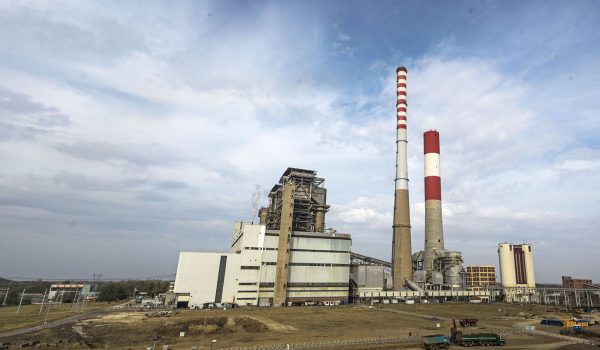
In accordance with relevant environmental regulations on the Republic of Serbia, Electric Power Industry of Serbia (EPS) is obliged to enable operation if its facilities in line with requirements related to the maximum permissible levels of pollutant emissions. Having in mind that sulphur dioxide represents one of the main air pollutants discharged from coal-fired TPPs, reduction of SOx emissions in units with rated output of more than 100 MW is deemed to be of utmost importance for EPS in the forthcoming period.
For the purpose of examining possible desulphurization options to be implemented in TPPs of EPS, Energoprojekt ENTEL developed a Study defining general technical solutions for sulphur oxide reduction from existing thermal power plants. Four different desulphurization scenarios were examined, with average FGD costs per kWh produced, as well as average costs of SO2 removed, calculated for each thermal power plant considered.
The Study has also proposed a schedule for implementation of desulphurization measures in the EPS power generation system.
Services provided
- Available SO2 removal technologies
- Applicability of each particular SO2 removal technologies in each of the EPS thermal power plants
- Average FGD costs per kWh produced for each of the EPS thermal power plants
- Four proposed FGD scenarios
- Schedule of FGD implementation in EPS facilities
Technical data
- TPP Nikola Tesla A, Units 3-6 (329 MW + 308,5 MW + 340 MW + 347,5 MW)
- TPP Kostolac A, Unit 2 (210 MW)
- TPP Kostolac B (2x 348,5 MW)
- TPP Nikola Tesla B (2x620 MW)
Client
Electric Power Industry of Serbia (EPS)

